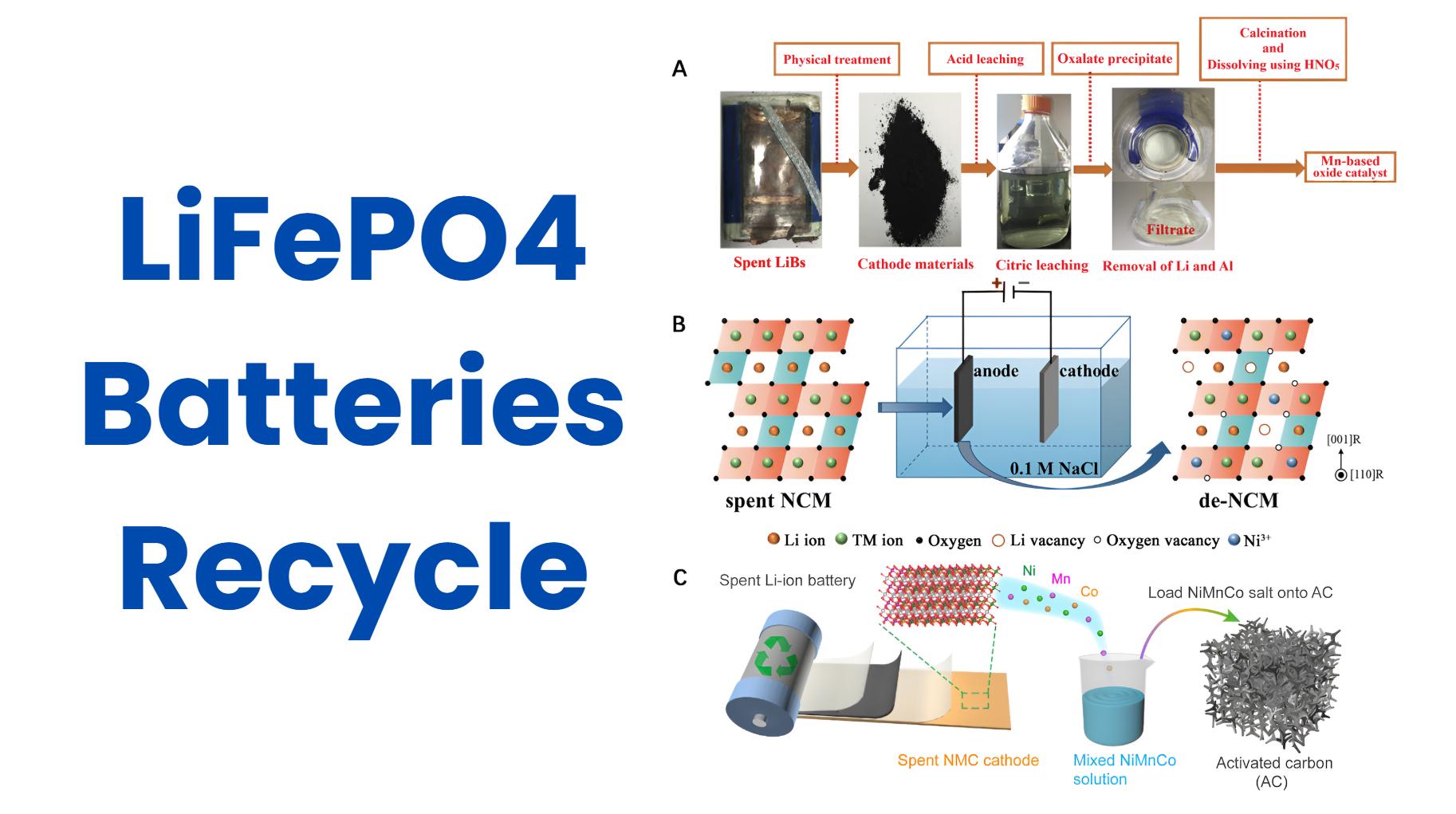How Do LiFePO4 Batteries Contribute to Sustainable Energy Solutions?
LiFePO4 batteries play a pivotal role in advancing sustainable energy solutions by offering reliable storage for renewable energy sources like solar and wind power. Their advantages include enhanced safety, long lifespan, and minimal environmental impact, making them an ideal choice for modern energy systems.
What Are the Key Advantages of LiFePO4 Batteries for Renewable Energy?
LiFePO4 batteries are celebrated for their numerous advantages, particularly their safety, longevity, and eco-friendliness. These features make them suitable for various applications within renewable energy systems, ensuring efficient energy storage and usage. Advantages Overview Chart:
| Advantage | Description |
|---|---|
| Safety | High thermal stability reduces fire risk |
| Longevity | Long cycle life ensures cost-effectiveness |
| Eco-Friendliness | Non-toxic materials minimize environmental impact |
How Do LiFePO4 Batteries Enhance Solar Energy Storage?
In solar energy systems, LiFePO4 batteries efficiently store excess energy produced during sunny periods for use during low generation times, such as at night or on cloudy days. Their high charge/discharge efficiency ensures minimal energy loss.Solar Storage Efficiency Chart:
| Metric | Value |
|---|---|
| Charge Efficiency | >95% |
| Discharge Efficiency | >95% |
| Cycle Life | 6000+ cycles |
Know More:
How Do LiFePO4 Batteries Contribute to Sustainable Energy Solutions?
What Recycling Options Are Available for Used LiFePO4 Batteries?
Why Is It Important to Consider Environmental Factors When Choosing a Battery?
What Role Do LiFePO4 Batteries Play in Wind Energy Systems?
Wind energy generation can be intermittent; however, integrating LiFePO4 batteries allows for effective storage of excess energy generated during high winds, ensuring a consistent power supply even when wind conditions fluctuate. Wind Energy Storage Chart:
| Condition | Battery Response |
|---|---|
| High Wind | Stores excess energy |
| Low Wind | Releases stored energy |
How Do These Batteries Improve Hybrid Energy Systems?
Hybrid systems that combine renewable sources with traditional power generation benefit significantly from using LiFePO4 batteries. They provide reliable backup power, enhance system efficiency, and reduce reliance on fossil fuels.Hybrid System Benefits Chart:
| Benefit | Description |
|---|---|
| Reliability | Ensures continuous power supply |
| Efficiency | Optimizes use of both renewable and non-renewable sources |
What Are the Environmental Benefits of Using LiFePO4 Batteries?
LiFePO4 batteries are made from non-toxic materials that pose no risk to the environment when disposed of correctly. Their long lifespan reduces waste generation compared to traditional lead-acid batteries. Environmental Impact Chart:
| Factor | Impact |
|---|---|
| Toxicity | Non-toxic materials |
| Waste Reduction | Longer lifespan minimizes disposal needs |
How Do LiFePO4 Batteries Support Grid Stability?
By storing excess energy during low demand periods and releasing it during peak demand times, LiFePO4 batteries help stabilize the grid, reducing strain on traditional power generation methods. Grid Stability Chart:
| Function | Description |
|---|---|
| Peak Shaving | Reduces demand during peak hours |
| Load Shifting | Balances supply with demand |
What Are the Economic Benefits of Using LiFePO4 Batteries?
Investing in LiFePO4 battery technology can lead to significant cost savings over time due to their longevity, reduced maintenance needs, and efficiency in energy storage.Economic Benefits Chart:
| Benefit | Description |
|---|---|
| Cost Savings | Fewer replacements needed |
| Lower Operational Costs | High efficiency reduces overall expenditure |
How Can Users Maximize the Efficiency of LiFePO4 Batteries?
Users can enhance battery efficiency by implementing effective charging practices, maintaining optimal operating temperatures, and utilizing advanced Battery Management Systems (BMS) to monitor performance.Efficiency Maximization Tips Chart:
| Tip | Description |
|---|---|
| Optimal Charging | Follow manufacturer guidelines |
| Temperature Control | Keep within recommended temperature ranges |
Conclusion
LiFePO4 batteries are integral to sustainable energy solutions due to their safety features, longevity, environmental benefits, and efficiency in storing renewable energy. As reliance on clean energy sources grows, these batteries will play an increasingly vital role in shaping a sustainable future.
Expert Views
“LiFePO4 batteries are revolutionizing how we approach renewable energy storage,” states an expert from Redway Tech. “Their combination of safety, efficiency, and environmental sustainability makes them ideal for modern applications.”
FAQ Section
- How do LiFePO4 batteries enhance renewable energy systems?
They provide reliable storage for solar and wind energy, ensuring consistent power supply even during low generation periods. - What are the environmental benefits of using these batteries?
They are made from non-toxic materials and have a long lifespan that reduces waste generation compared to traditional batteries. - How do users maximize the efficiency of LiFePO4 batteries?
By following optimal charging practices and maintaining appropriate operating temperatures with advanced monitoring systems.












